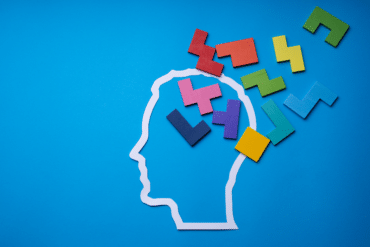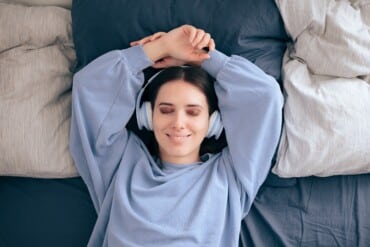Sleep, we all need it, some more than others.
The trouble is, for many of us, getting to sleep, and enjoying a consistent and healthy nighttime slumber is easier said than done.
For some of us, it’s feelings of stress and anxiety that keep us awake during the night. Hence making it difficult for us to shut down and relax.
When sleep anxiety and other symptoms of stress are getting you down, most doctors will recommend things like CBT therapy and relaxation training to help.
You might even discover there are some self-help strategies, that you can consider. Try unlocking the benefits of sound therapy for sleep, even without the assistance of a therapist.
It involves using music therapy, white noise, or even pink noise to improve your chances of a good night’s rest.
Sound therapy is also included as one of the various tools used in CBTI, cognitive behavioural therapy for insomnia.
Here’s your introduction to sound therapy for a better night’s rest.
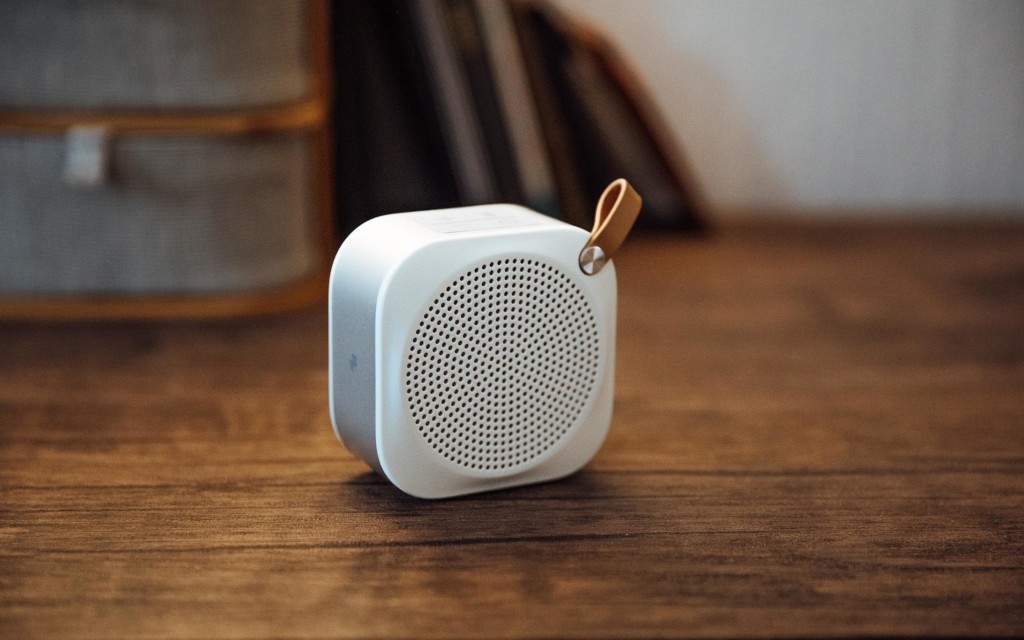
What is sound therapy for sleep?
To understand how sound therapy can help you to get over your issues with sleep deprivation, you need a basic understanding of where this kind of treatment comes from.
For centuries, sound and music therapy have had a place in modern medicine. Particularly when it comes to treating psychological conditions like depression, and stress.
Experts believe that the right frequencies of sound can have a significant impact on emotional and physical wellbeing.
Depending on the issue that you need to treat, your doctor might recommend sound therapy in the form of:
- Guided meditation with sounds that improve visualization
- White noise relaxation (or pink noise meditation)
- Listening or dancing to music
- Playing an instrument
- Using binaural beats
The foundations of sound therapy are thought to date back to the days of Ancient Greece. This was when music was frequently used for the treatment of mental disorders.
What’s more, throughout history, music therapy has been used to improve morale in military troops, increase concentration, and boost productivity.
When used in combination with CBT for sleep disorders, the right sounds can help you to overcome issues like insomnia and sleep anxiety too.
Many sleep therapists are beginning to experiment with this concept. They’re helping their clients to discover things like binaural beats during sleep, and guided meditation with sound.

How music therapy helps with sleep
The way that sound therapy helps with your sleeping patterns will depend on the kind of therapeutic treatment that you get.
Tools like binaural beats focus heavily on sound waves. White and pink noise therapy concentrate on removing outside distractions that may prevent sleep.
In CBT-I, sound therapy for sleep usually addresses sleep disorders from an emotional perspective.
Most insomnia is caused by feelings of stress, anxiety, and depression.
Many experts believe that music therapy can help to improve our emotional state. The sounds reduces stress, allowing us to sleep better.
A session of sound therapy might involve lying down in bed while listening to music or sounds from a speaker. It might entitle having vibrations applied to your body with special tools.
Depending on the method, you may be encouraged to hum along to the rhythms, or simply sit in silence.
Before we continue check out these great products on Amazon.
The most common forms of sound therapy for CBT-I include:
Sound therapy to diminish negative thoughts
If your problems with insomnia are caused by an inability to “switch off your brain” and stop thinking about things that upset you, sound therapy might allow you to focus on something else.
This is a form of cognitive control, and it’s often very useful in CBT.
Sound therapy to increase focus
Certain forms of sound therapy and music therapy can assist with things like guided meditation and relaxation.
Focusing on a specific sleep strategy before bed can help patients to find their “off switch” when they need to calm down.
Once you find the therapeutic method that works for you, sound therapy can aid you in living a happier and healthier life by making it easier to fall asleep and stay asleep.
In some cases, experts believe that certain types of sound therapy can even aid in giving patients a deeper and more peaceful night’s sleep too.
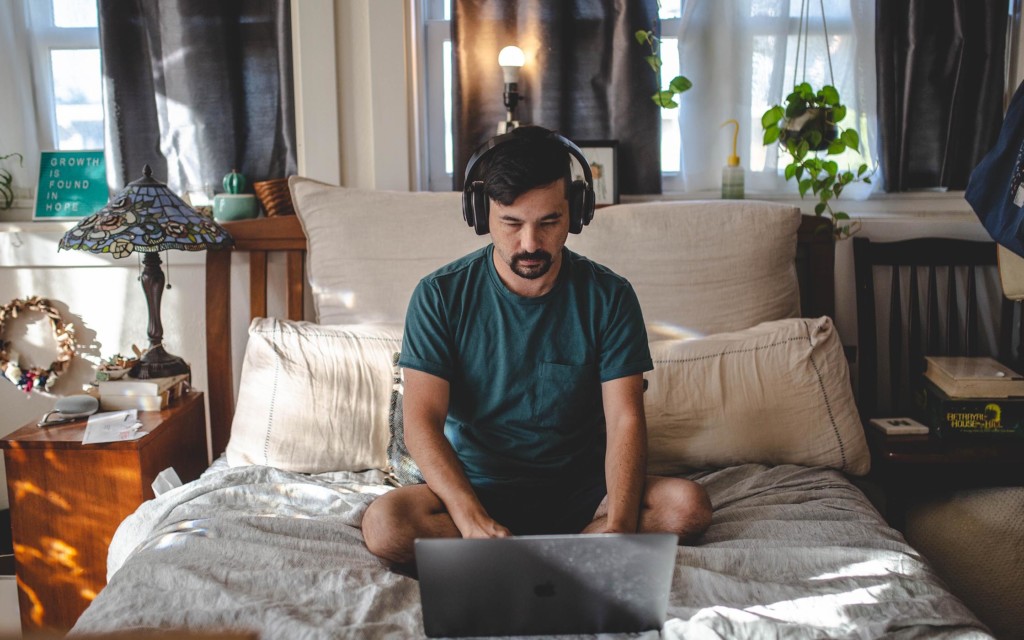
How long does CBT for insomnia take?
The treatment often takes 6-8 sessions, although the length differs depending on the individuals needs. Normally people start to feel much better after 8 weeks.
If you’re looking for a reliable treatment for insomnia, it’s always best to speak to your doctor before trying anything new.
Even therapeutic strategies like biofeedback and guided relaxation can be problematic if they’re not approached properly.
Sound therapy at home
Say you do want to try something like sound therapy or music therapy in your own home.
If your doctor gives you the go ahead, there are plenty of ways to get started.
For instance:
Use white or pink noise to eliminate distractions
One of the most common forms of sound therapy for sleep involves using white or pink noise to mask other sounds and eliminate insomnia.
If you’re being kept awake by the sound of the great outdoors, investing in a white noise machine could be a good idea.
Relax with meditation apps
Meditation apps are becoming increasingly popular among insomnia sufferers. If you have a hard time getting to sleep, it might help to download an app.
The app guides you through various relaxation behaviours. You can also find apps that play natural sounds like birds chirping and ocean waves.
Listen to music
Some music is definitely better for sleep than others. However, if you’re having a hard time sleeping because of emotional issues, the right tunes could help you to reset your feelings and feel happier as you fall asleep.
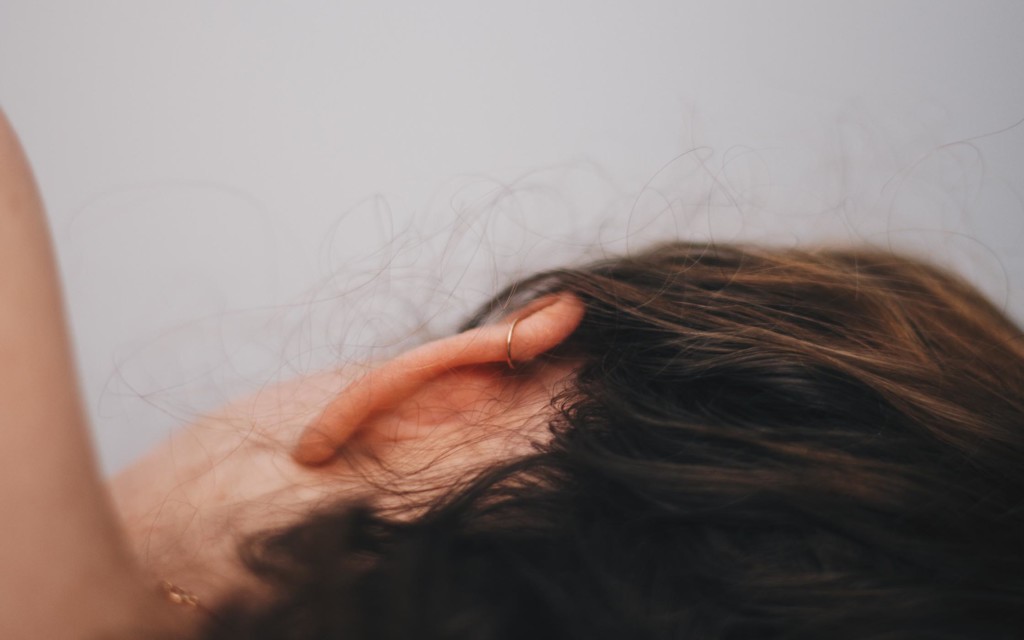
The colours of sound therapy: What is pink noise?
Most people start their adventures into sound therapy for sleep by looking at different colours of sound. How might they help them to get into the right mindset for rest?
White noise machines are a common option among sleep tech lovers.
Particularly with those who have trouble snoozing because of outside disruptions like dogs barking and cars honking.
However, it’s not just white noise that can help you sleep, according to the latest studies into sound therapy.
Experts are also suggesting that pink noise, a different kind of sound wavelength, can assist with sleeping patterns too.
According to one study, pink noise helps to reduce your brain waves, allowing for a more peaceful night of sleep.
A more recent study conducted in 2017 by the Frontiers in Human Neuroscience group also discovered a positive connection between deep sleep and pink noise.
The researchers learned that listening to pink noise during sleep could support deeper and longer periods of rest.
Since deep sleep supports memory management and helps you to feel more energetic throughout the day, it could be ideal for insomniacs.
The limited research that we have into sound therapy and pink noise means that we can’t say for certain that pink noise is better than white noise.
However, it could represent an excellent alternatives for insomniacs that have tried white noise to improve their sleep quality and haven’t been able to achieve any significant results.
As long as your doctor approves it, you should be able to experiment with different wavelengths of sound to see which one works best for your relaxation strategies.

Music therapy for sound sleep
The research into sound therapy and how it affects sleep is ongoing, particularly in the area of binaural beats, which we will discuss in another article.
The good news is that although we’re still learning about which music and sound has the best impact on sleep, the results are largely positive.
Whether you’re listening to music to improve your mood, or cultivating better brain waves with pink noise, sounds can lead to a better night’s sleep.
The easiest way to get started is to try out some of the basics. Use a white noise machine or pink noise app to eliminate the distractions that are keeping you awake.
This could help to enhance your sleep hygiene and make it easier to drift off.
Alternatively, if you don’t need help with reducing distractions, you could look into sound and music therapy apps.
These are ideal for guiding you through the process of relaxation before bed. Then you can let go of the stresses of the day.
If you’re currently going through a program of CBT for sleep, then your doctor or therapist might even recommend combining sound therapy with other practices.
This could be biofeedback and progressive muscle relaxation, or guided meditation.
Sleep is a complicated thing, and we all need to approach it in our own unique way.
Maybe it’s time for you to discover if the right beats can drive a sound night’s sleep.
Siestio. Sleep Matters.
Medical disclaimer
You must not rely on the information provided on our website as an alternative to medical advice from your doctor or other healthcare professionals. For more information read our full disclaimer here.






